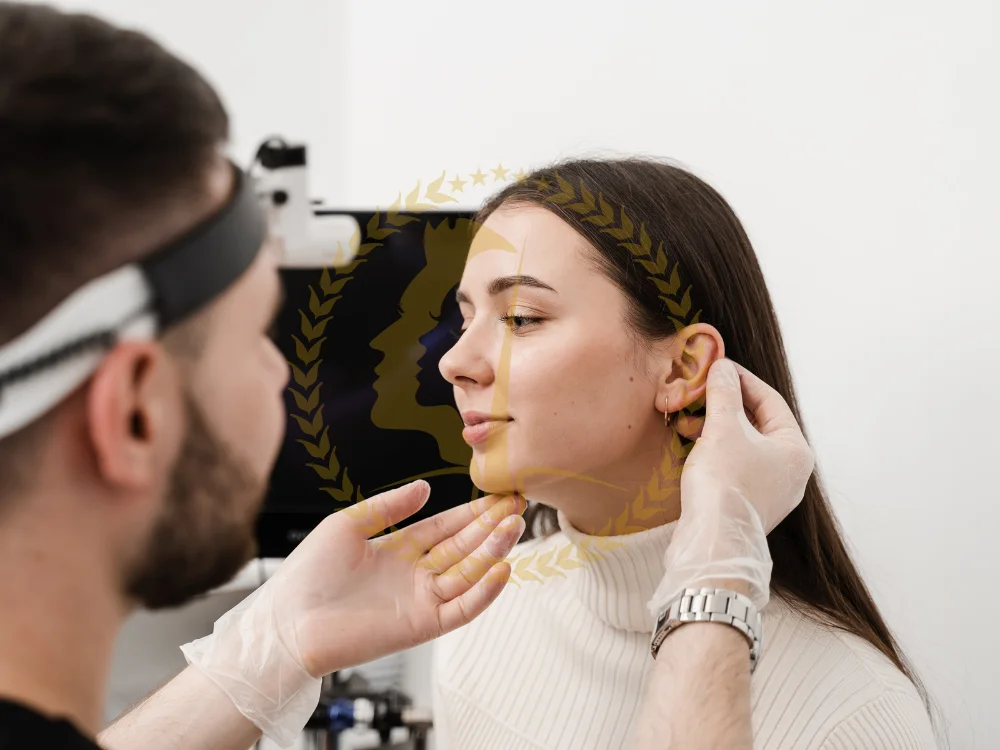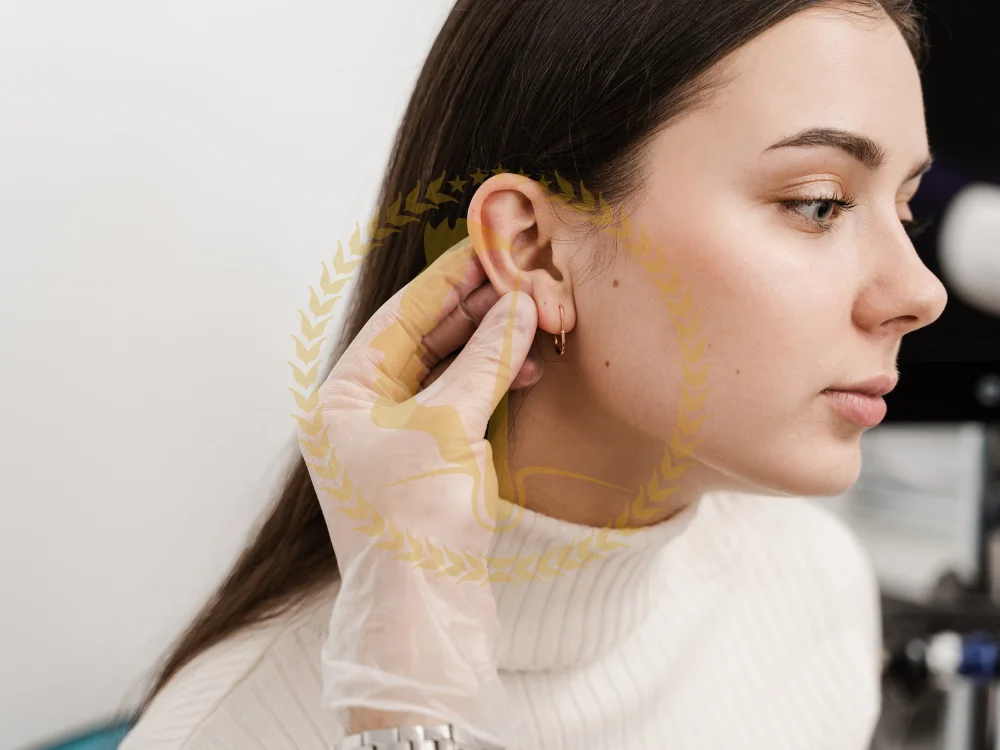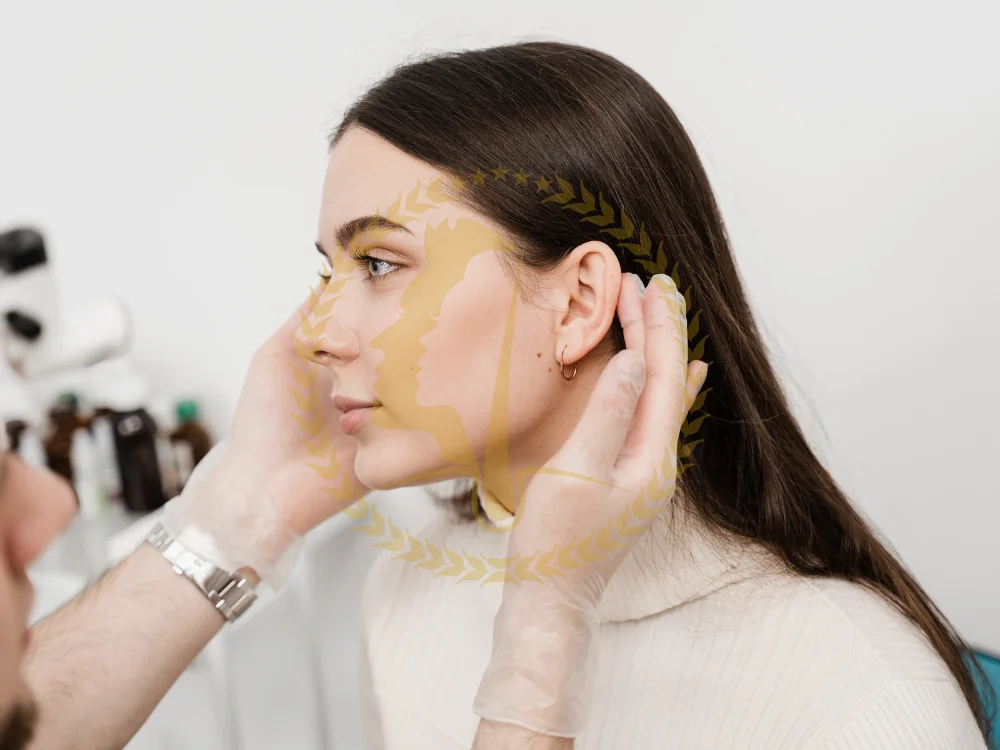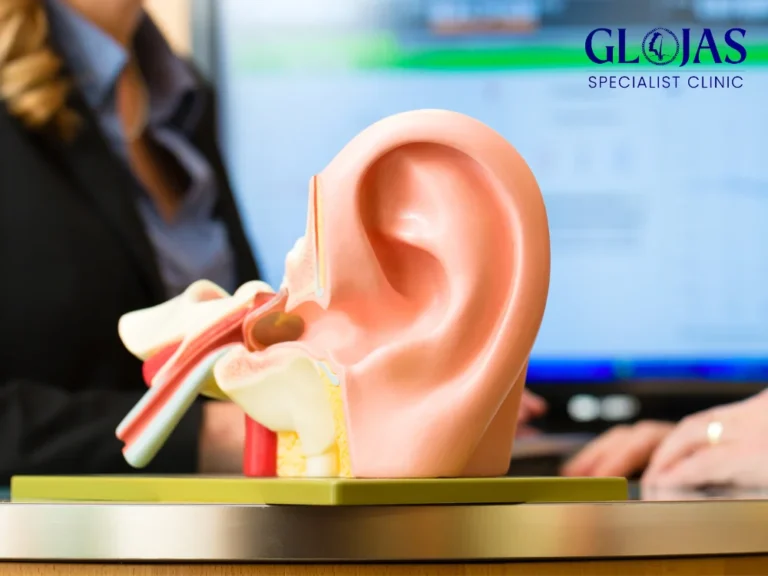Ear otoplasty, commonly referred to as ear reshaping surgery, is a cosmetic procedure designed to improve the appearance of the ears, often addressing issues like protruding ears, asymmetry, or deformities. For individuals feeling self-conscious about the shape, size, or position of their ears, otoplasty can provide life-changing results. In this comprehensive guide, we’ll explore what ear otoplasty entails, its benefits, potential risks, and the factors that influence the decision to undergo this procedure.
What Is Ear Otoplasty?
Ear otoplasty is a surgical procedure that alters the shape, position, or size of the ears. It is most commonly performed to pin back ears that stick out too far from the head, but it can also address other ear-related issues, such as correcting ear deformities or repairing damage from injury. The goal of otoplasty is to create a more balanced and symmetrical appearance, which can significantly boost a person’s confidence.
Otoplasty is suitable for both children and adults, though the procedure is often performed on children between the ages of 5 and 14. By this age, the ears have typically grown to their full size, making it an appropriate time to consider surgery if there are noticeable concerns.

How Much Does Ear Otoplasty Cost?
The cost of ear otoplasty varies depending on several factors, including the surgeon’s experience, the geographic location of the clinic, and the complexity of the procedure. On average, ear otoplasty can range from $3,000 to $6,000, though this can fluctuate based on individual circumstances.
Key cost factors include:
- Surgeon’s expertise: More experienced surgeons may charge higher fees.
- Location: Clinics in major cities or regions with high demand for cosmetic surgery often have higher costs.
- Extent of correction: Minor adjustments will cost less than more complex surgeries that require significant reshaping.
Insurance typically does not cover otoplasty when it’s performed for cosmetic reasons. However, in cases where the surgery is deemed medically necessary (such as for repairing a birth defect or injury), partial coverage might be available.
Who Is a Good Candidate for Ear Otoplasty?
Ear otoplasty is suitable for individuals who are unhappy with the appearance of their ears, particularly if the ears stick out or are asymmetrical. Candidates should be in good health, have realistic expectations for the outcome, and not have any existing ear infections or serious medical conditions that could affect healing.
Ideal candidates include:
- Children over the age of 5: By this age, the ears have grown to their adult size, making it possible to achieve permanent results.
- Teens and adults: Anyone unhappy with the appearance of their ears and seeking cosmetic improvement.
- People with ear deformities: Individuals born with congenital ear deformities or those who have suffered ear trauma may benefit from otoplasty to restore a more natural appearance.
What Are the Benefits of Ear Otoplasty?
The benefits of ear otoplasty go beyond aesthetic enhancement. Below are some key advantages:
1. Improved Confidence and Self-Esteem
For many individuals, large or protruding ears can be a source of insecurity, particularly for children who may face teasing or bullying at school. Otoplasty can greatly improve self-confidence by bringing the ears into better proportion with the rest of the face.
2. Permanent Results
Unlike non-surgical treatments, which may require maintenance, otoplasty offers permanent results. Once the ears have been reshaped, they will remain in their new position for life, provided there are no future injuries.
3. Customizable Procedure
One of the major advantages of ear otoplasty is that it can be tailored to meet the specific needs and concerns of each patient. Whether it’s reducing the prominence of the ears, correcting asymmetry, or repairing deformities, the surgery can be personalized to achieve the desired outcome.
4. Minimal Scarring
Otoplasty typically involves small incisions made behind the ear, which means that scarring is minimal and well-hidden. For most patients, any scars will be virtually invisible after healing.
5. Short Recovery Time
The recovery time for ear otoplasty is relatively short compared to other cosmetic surgeries. Most patients can return to normal activities, including work or school, within a week. There may be some swelling and discomfort during the initial healing phase, but this typically resolves within a few days.

What to Expect During Ear Otoplasty Surgery
Ear otoplasty is generally performed on an outpatient basis under local anesthesia for adults or general anesthesia for children. The procedure typically lasts two to three hours, depending on the extent of correction needed.
Steps involved in the procedure:
- Incisions: The surgeon makes small incisions behind the ear to access the cartilage.
- Cartilage reshaping: Depending on the desired outcome, the surgeon may remove or reshape the ear cartilage to create a more natural contour.
- Sutures: Permanent sutures are used to hold the ear in its new position.
- Closure: The incisions are closed with stitches, and a bandage is applied to protect the area.
After surgery, patients are usually sent home with post-operative instructions, which may include wearing a headband to protect the ears during the healing process.
Risks and Complications
While ear otoplasty is generally safe, as with any surgery, there are potential risks and complications to be aware of:
- Infection: As with any surgical procedure, there’s a risk of infection at the incision sites. Proper aftercare reduces this risk.
- Asymmetry: In some cases, the ears may not heal symmetrically, requiring additional procedures.
- Scarring: While rare, visible scarring can occur, particularly if the healing process is interrupted.
- Changes in skin sensation: Some patients may experience temporary numbness or tingling around the ear area following surgery.
Patients should discuss these risks with their surgeon during the consultation phase to ensure they have a clear understanding of what to expect.

FAQs About Ear Otoplasty
1. How long does ear otoplasty take?
The surgery typically takes two to three hours, depending on the complexity of the procedure and the extent of correction needed.
2. Is ear otoplasty painful?
Most patients experience only mild discomfort following the surgery. Pain can usually be managed with over-the-counter pain medications. The use of local or general anesthesia during the procedure ensures that patients remain comfortable.
3. How long is the recovery time for ear otoplasty?
Patients can typically return to work or school within a week. Full recovery, including the resolution of swelling, usually takes around two to three weeks.
4. Will there be scars after ear otoplasty?
Scars are usually minimal and hidden behind the ear. With proper aftercare, most scars will fade over time and become nearly invisible.
5. Can ear otoplasty be performed on children?
Yes, otoplasty is commonly performed on children as young as five years old, once their ears have reached full size. Early intervention can prevent social issues related to protruding or misshapen ears.
6. How much does ear otoplasty cost?
The cost of ear otoplasty typically ranges from $3,000 to $6,000, depending on factors such as the surgeon’s expertise and the geographic location of the clinic.
